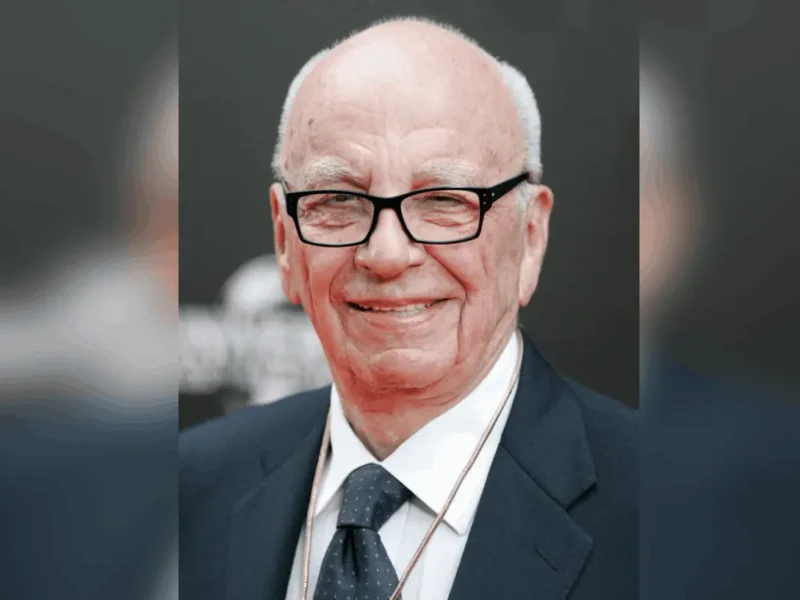India’s 75th: Nana Patil Rattled the Raj With an Alternate Govt.
By QUAID NAJMI
MUMBAI – Akin to that tiny village in ancient Gaul that rattled the Romans in the fictional world of Asterix and Obelix, Satara’s freedom hero, Nana Ramchandra Patil, unnerved the mighty British Raj with his unique ‘Prati Sarkar (Alternative Government) Movement’ in the 1940s in Maharashtra.
It was a parallel regime by all counts which needled the British for several years – as it was launched soon after Mahatma Gandhi’s historic ‘Quit India’ call in 1942.
Nana Patil (August 3, 1900-December 6, 1976), initially worked with the Congress and post-Independence with the Peasants & Workers Party, was given a Communist Party of India ticket and elected MP.
At the age of 19, he plunged into social service through Prarthana Samaj – founded in 1867 by Dr. Atmaram Pandurang of Mumbai (who also co-founded the Bombay Natural History Society) and fought against superstitions and harmful traditions.
Later, Patil joined the Satyashodhak Samaj – launched by the legendary reformer, Mahatma Jyotirao G. Phule – and fought to eradicate social evils like dowry, child marriages, and rigid caste system, and to encourage girls’ education.
Founding the Hindustan Republican Association, he retreated underground for 3 years and suffered at least 8 jail terms between 1932-1942, for his ‘direct attacks’ on the colonial rulers and sometime along the route, earned the nickname of ‘Kranti Simha’ (Revolutionary Lion) Nana Patil.
The Prati Sarkar Movement was “rare” as it challenged the established and repressive power structures, aimed at creating a new society led by peasants and workers and sans exploitation in the name of class, caste, religion, or gender.
He formed a disciplined band of youth called ‘Toofan Sena’, that attacked police stations, locked up the cops, grabbed their weapons, pounced on British government treasury boxes sent in trains or buses for salaries of its staffers and used them to finance its own revolutionary activities, torched bus, or railway stations, etc. all of which struck terror among the rulers.
The Toofan Sainiks swooped on cruel money-lenders – not unlike Kanhaiyalal’s portrayal of the cut-throat Sukhi Lala in “Mother India” – looted their ill-gotten wealth, burnt loan documents of farmers and unilaterally declared them ‘debt-free’, on the lines of the All-India Kisan Sabha’s vision.
Nana Patil’s ‘Prati Sarkar’ was like a regime that ‘functioned’ – it took up public demands and forthwith implemented them, instilling huge confidence among the downtrodden villagers and farmers, and even shared the plundered booty with them.
The Prati Sarkar Movement in Satara – then a huge region – addressed burning social subjects by targeting caste system, promoting inter-caste marriages and widow remarriages, prohibition, release of prisoners, encouraged art and culture, and organized ‘Jalsas’ (festivals) of dance and music to bring out the creative aspects among the people.
It had all the organs of a new, workable state, a committed army expert in guerrilla warfare against the British, a treasury to finance various public upliftment programs, an organizing committee to oversee the implementation of these initiatives, a strong justice delivery system, a panel to communicate and spread genuine news among the masses, schools to train the cadres of which the most popular was the Toofan Sena, and other aspects of ideal governance.
Patil continued the traditions in Independent India, helping the cause of farmers, joining the liberation movements of Maharashtra, Hyderabad, and Goa, and became the AIKS President in 1955.






Maneck Bhujwala
/
Thanks for sharing this information about a great independence movement leader and social reformer, who was active among the many other greats lime Mahatma Gandhi, Dadabhai Naoroji, Madame Bhikaiji Cama, Vir Savarkar, Bal Gangadhar Tilak, Bipin Chandra Pal, Surendra Nath Bannerji, Gopal Krishna Gokhale, Ms. Annie Besant, Lala Lajpat Rai, C.R. Das, Pandit Madan Mohan Malaviya, Subhash Chandra Bose, Motilal Nehru, Sardar Valabhai Patel, Maulana Abul Kalam Azad, Dr.. Rajendra Prasad, Pandit Jawaharlal Nehru, Allan Octavian Hume, Vir Nariman, Pherozesha Mehta, Firoze Gandhi and others. Many of these leaders are forgotten today at events celebrating India’s independence day.
August 9, 2022